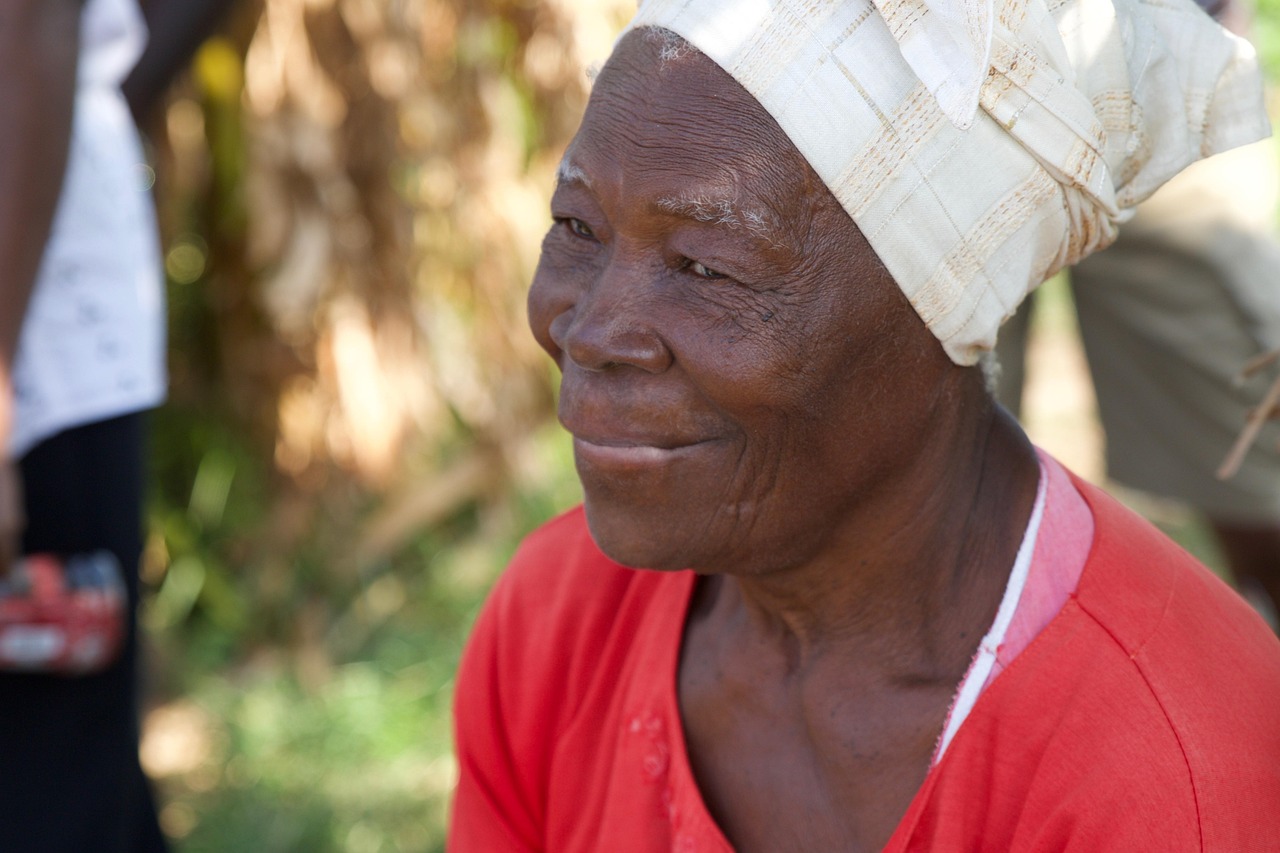At a time when climate change, resource scarcity, and environmental pollution are among the most pressing challenges of our society, it is worth looking into the past. Indigenous peoples around the world have lived in close harmony with their environment for thousands of years. Their ways of life, traditions, and oral knowledge contain valuable lessons that remain relevant today – especially for sustainable living.
The Principle of Mindfulness Towards Nature
Indigenous communities never considered nature as something they “owned,” but as part of a greater whole. Every plant, animal, and river was respected. This mindfulness is reflected in simple yet effective practices:
- Resource conservation: Only what was truly needed was taken. Surpluses were shared or processed sustainably.
- Cycle thinking: Everything taken from nature was returned in some form – through compost, seeds, or rituals.
- Observing the environment: Weather patterns, animal behavior, and plant cycles were closely watched to make decisions in harmony with nature.
Sustainable Agriculture and Food
Many indigenous communities practiced agriculture based on biodiversity, crop rotation, and intercropping. Examples include:
- The “Three Sisters” of the Iroquois: Corn, beans, and squash are planted together because they support each other’s growth.
- Agroforestry systems in South America: Trees, crops, and animals are combined to preserve the soil and minimize crop failures.
These methods are today a model for modern sustainable agriculture and permaculture practices.
Community and Sharing as a Guiding Principle
Sustainability is not limited to environmental resources. Indigenous peoples placed great value on social sustainability: resources were shared within the community, and decisions were often made by consensus. This strengthened social cohesion and prevented overuse of resources.
Combining Tradition and Innovation
Lessons from indigenous cultures are not merely nostalgic or romantic. They offer practical approaches to modern challenges:
- Reducing waste through conscious consumption
- Strengthening local cycles and supply chains
- Protecting biodiversity through sustainable land use
Increasingly, organizations and companies are looking to these principles to promote ecological, social, and economic sustainability.
Conclusion
The lifestyles of indigenous peoples teach us that respect, mindfulness, and community are central elements of sustainable action. By transferring these teachings into our modern world, we can find ways to live in harmony with nature – while honoring the traditions and cultures of those who have preserved these lessons for generations.

